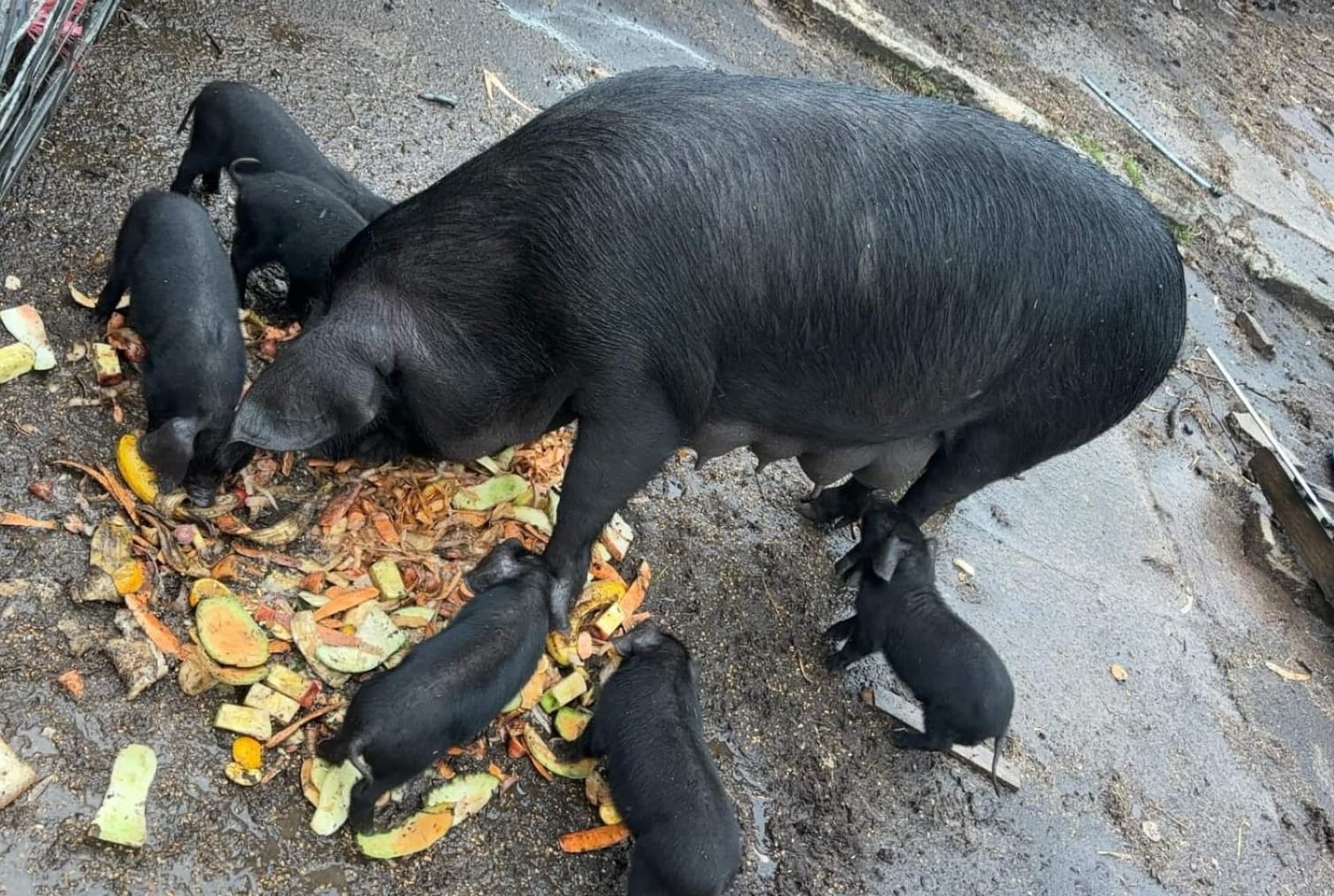Cheers for the scraps Millvile

During my placement at Millville, I witnessed a profound commitment to integrating sustainability into every aspect of the centre, especially within the outdoor learning environment. The beautifully designed outdoor spaces, featuring vegetable gardens, animal habitats, creek beds, water walls, swings, sand, mud, leaves, and climbing trees, create an engaging and immersive environment for children to explore and connect with nature. Each room at the centre has a designated sustainable goal, further emphasising their holistic approach.
A practice is the establishment of monthly sustainability goals, which encourage both educators and children to focus on specific eco-friendly initiatives. For example, one goal was to reduce the use of plastic bags for sending home dirty clothes. Instead of traditional plastic bags, the centre promotes the use of bread bags, with families encouraged to contribute by bringing these bags from home. This practical approach not only reduces plastic waste but also fosters family engagement in the sustainability journey. This aligns with SDG 12, as it promotes responsible practices within the community (United Nations, 2015).
Throughout my placement, I actively participated in various activities that reinforced the centre’s sustainable practices. One responsibility I took on was to help care for the bunnies, providing them with fresh food and ensuring they had a clean and comfortable living space. This engagement allowed me to model compassion for animals and teach children the importance of nurturing and caring for living beings. Spending time with the rabbits acted as a bridge for conversation about animal welfare, which is a crucial aspect of environmental education.
I also encouraged children to utilise rainwater collected in a green tank outdoors for watering our gardens. This hands-on experience teaches them about water conservation and the significance of using natural resources sustainably. Watching the children take delight in pouring water onto the plants while learning about the importance of rainwater harvesting exemplified the principles of SDG 6, as it nurtures awareness regarding the need for sustainable management of water resources (United Nations, 2015).
The vegetable gardens at Millville stand out as a particularly impactful feature, providing hands-on learning experiences about growing food and caring for plants. I encouraged the children to water these plants regularly, fostering a sense of responsibility and connection to the food they consume. This practice aligns with SDG 4, as it provides a rich, experiential education that emphasises environmental awareness (United Nations, 2015). We utilised natural materials for play, incorporating items such as sticks, leaves, and stones into our activities. This creative approach not only supports imaginative play but also reinforces the message of reusing and recycling natural materials. For example, we crafted art projects using fallen leaves and made small sculptures from branches, which allowed the children to express their creativity while respecting nature. This aligns with SDG12, showcasing the value of re-purposing and sustainable thinking(United Nations, 2015).